- Antipasti
- Bella Italia
- Dessert
- Drinks
- Favorite Italian recipes
- Main courses
- Pasta
- Pizza
- Side dishes and salad
- Tips & Knowledge
Treasures of the sea: Bottarga di Muggine
In the second part, we introduce you to Bottarga di Muggine. The air-dried mullet roe is often grated over steaming spaghetti.
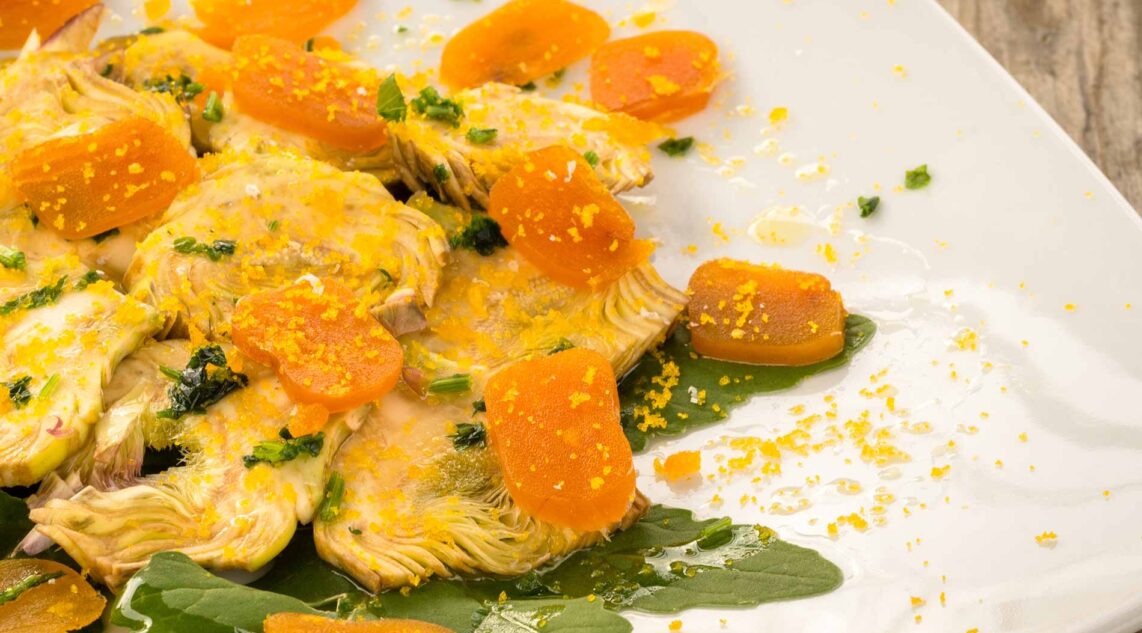
PART II: Bottarga di Muggine
Italian pasta has a secret love! We’re not talking about sughi, ragù or Parmigiano Reggiano, no, in this case we’re talking about two delicious alternatives that add a kick of sea flavor to pasta! We’re talking about the two traditional seasonings used in Italian cuisine: colatura di alici and bottarga di muggine. Today we would like to introduce you to bottarga.
These two delicacies are now also available in our store:
> Here you can find Colatura di Alici
> Here you will find Bottarga di Muggine
What is Bottarga di Muggine?
Bottarga is known as the “caviar of the Mediterranean”. Its beautiful amber color is only surpassed by its spicy, maritime taste. It is still not entirely clear which of Italy’s two largest islands introduced bottarga. It is rumored that the Sardinians copied the production process from Sicily. The specialty is said to have been introduced here by the Phoenicians around 500 BC. Thanks to their long shelf life, the aromatic fish roe was perfect for long sea voyages. However, the etymology of the word bottarga can be traced back to the Arabic word butarikh, which means “salted fish eggs”. Bottarga is most commonly made from mullet(bottarga di muggine), sometimes also from tuna(bottarga di tonno). In France, the fish roe is known as poutargue and in Greece as avgotaraho. Bottarga is traditionally served as an antipasto with bread. It is sliced thinly and drizzled with lemon juice and olive oil. Also perfect grated over pasta!
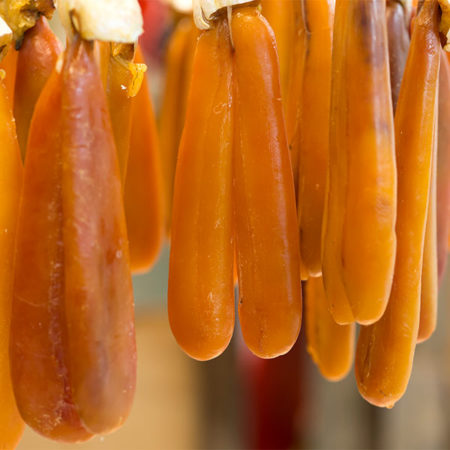
Hung up! The mullet roe dries here
How is Bottarga di Muggine made?
August and September are the best fishing seasons for mullet, which prefer to be found in shallow waters close to the coast. Besides wind, sun and salt, the most important ingredient for bottarga is time. First, the fish roe is placed in a brine and then loses a considerable amount of liquid within a few hours. The protective membrane of the eggs is then carefully removed and replaced with a thin layer of wax. After sealing, the roe is clamped between wooden boards for 3-5 days and air-dried under the southern Italian sun. The high pressure of the wooden boards causes the roe to lose more liquid. In the next step, the bottarga“cones” are hung on strings and matured for several months in a cool, airy room. The longer the roe matures, the darker (brick red to nut brown) and more intense in flavor it becomes. The milder bottarga is known as “baffe“, the longer matured bottarga as “ambra“.
Recipe: Spaghetti alle vongole with bottarga di muggine
Ingredients (4 people)
- 500 g spaghetti (optionally also linguine)
- 1 kg fresh clams
- 0.5 bunch of flat-leaf parsley
- 2 garlic cloves
- 1 chili pepper
- 10 cherry tomatoes
- Pinch of sea salt
- 5 tbsp olive oil
- 2 bay leaves
- 100 ml white wine
- 0.5 tsp finely grated organic lemon zest
- 2 tbsp lemon juice
- Pinch of pepper
- 50 g bottarga
Preparation:
1. wash the clams and rub them together to remove limescale and sand deposits. Soak in plenty of cold water for about 30 minutes. Change the water twice.
2 In the meantime, finely dice the shallots, pluck the parsley leaves, thinly slice the garlic and halve the cherry tomatoes. Finely chop the chili.
3. allow the mussels to drain well in a sieve and then remove all the open mussels.
4 Cook the pasta in plenty of boiling water with sea salt according to the packet instructions until al dente.
5. heat a large pan and add the olive oil. Sauté the shallots, garlic and chilli over a medium heat and then add the clams and bay leaves. Deglaze with white wine, cover and cook over a high heat for about 5 minutes until the clams have opened. Remove the closed clams and add the parsley, lemon juice, tomatoes and salt and pepper to taste.
6 Drain the pasta and collect about 80 ml of pasta water to add to the mussels. Now add the pasta to the pan and carefully fold it into the broth. Arrange in deep plates, grate the bottarga over the top and serve immediately. Buon appetito!
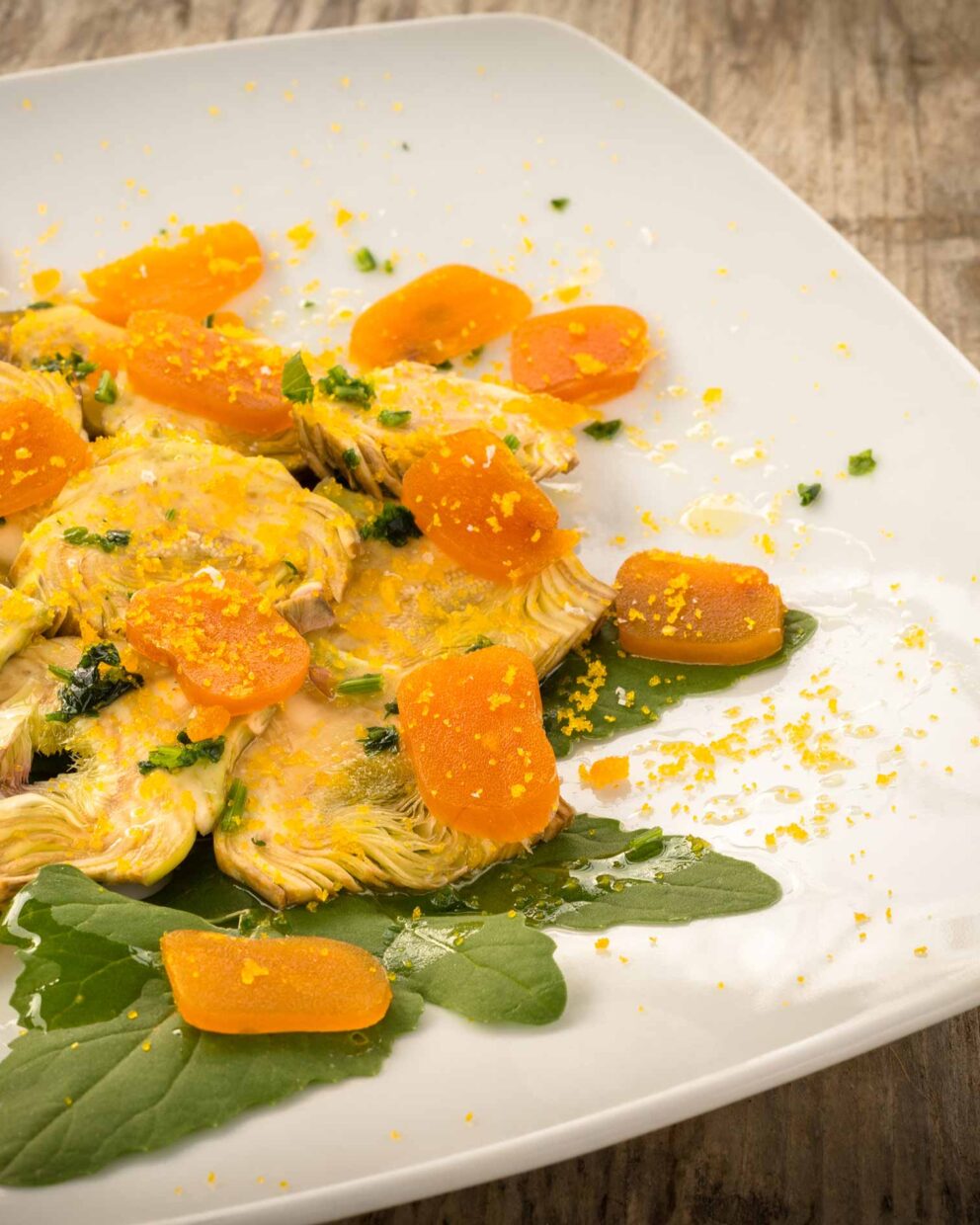
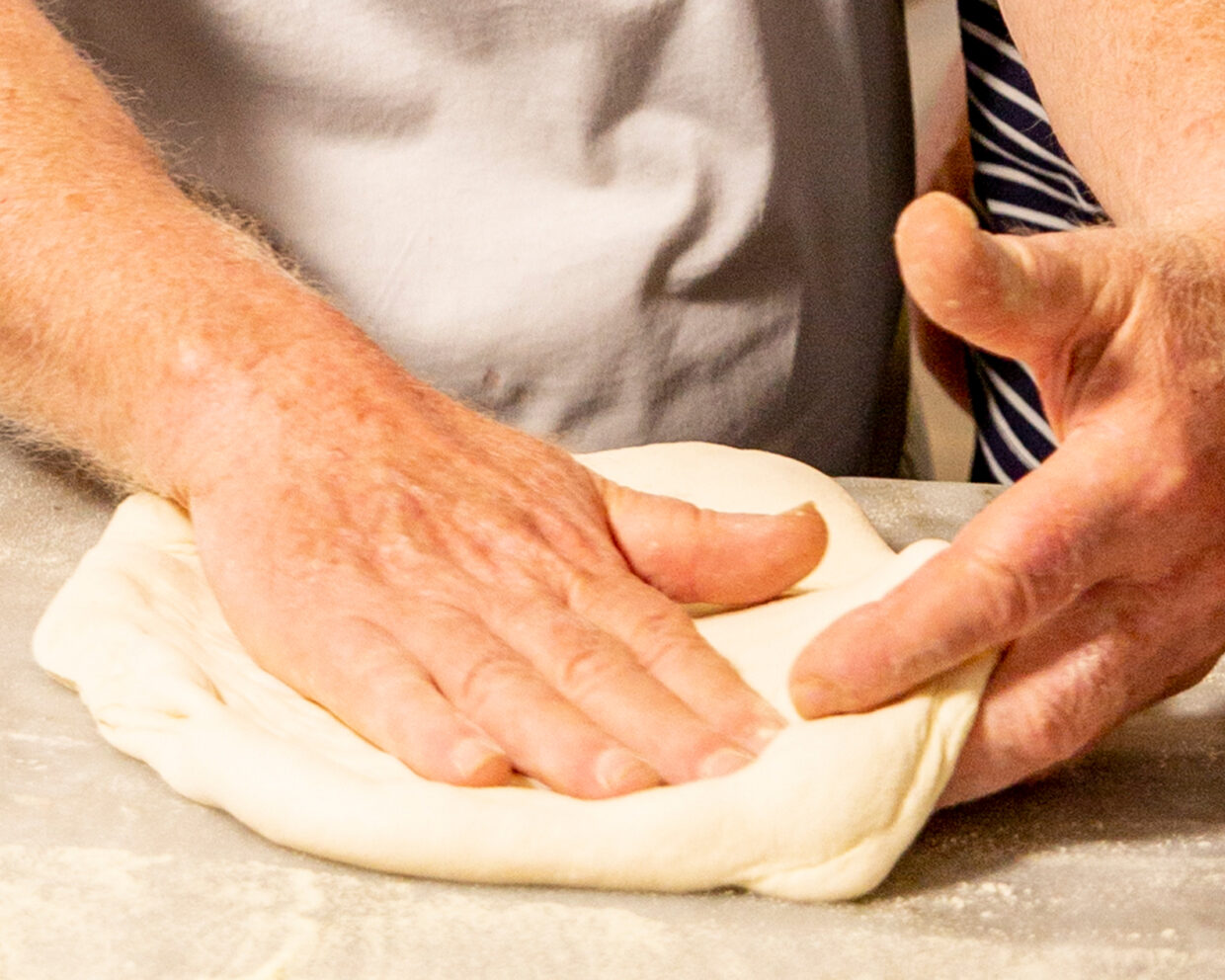
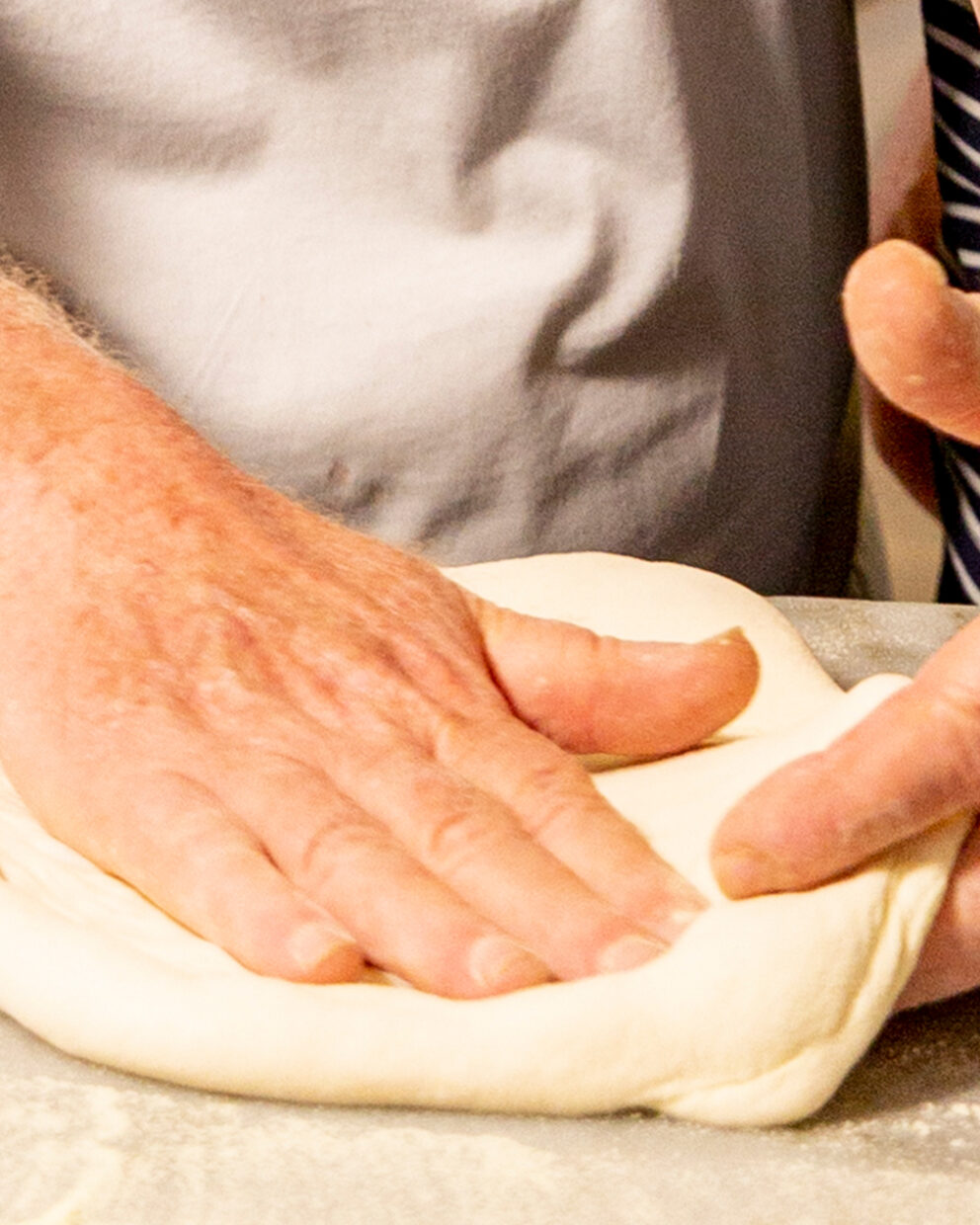
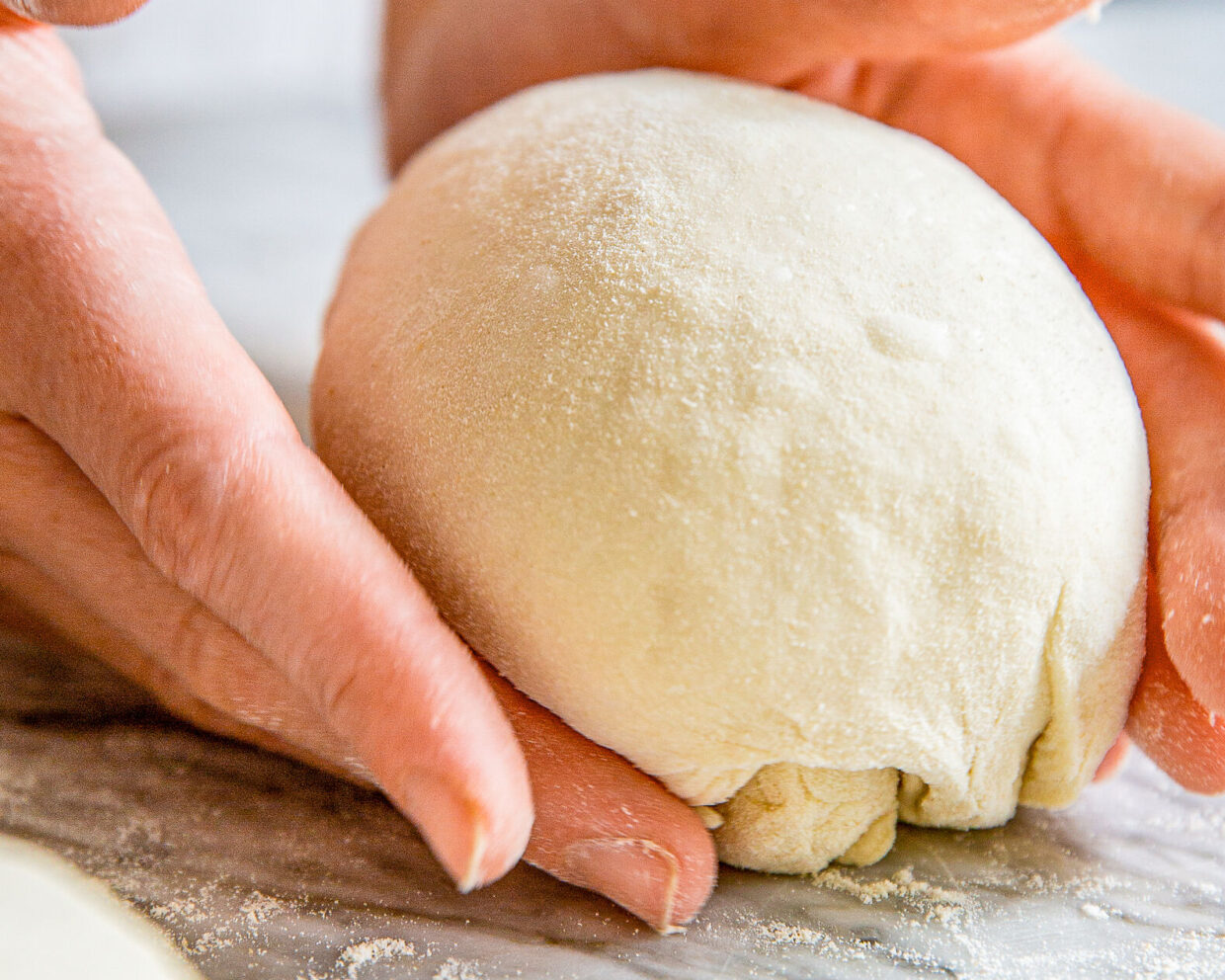
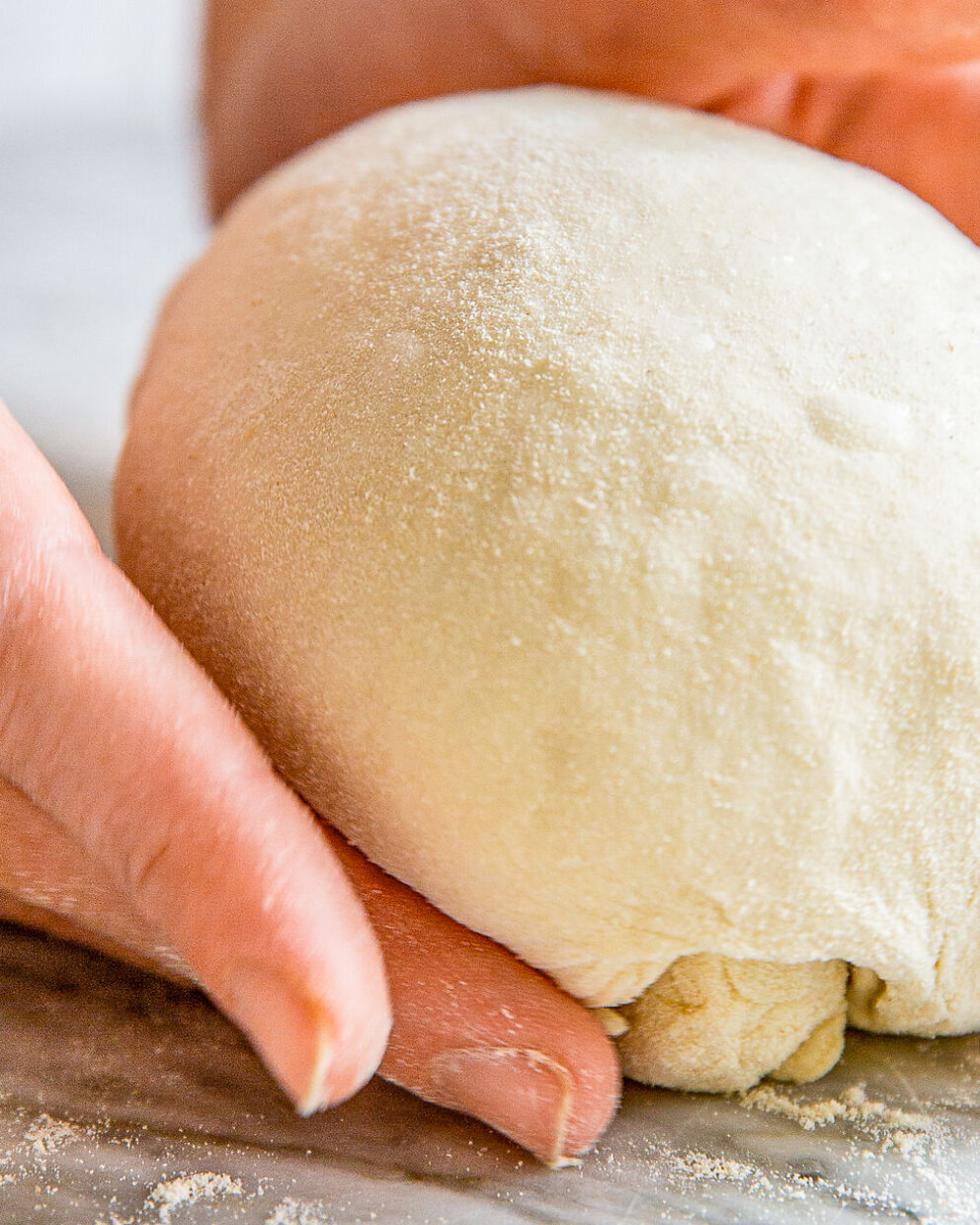
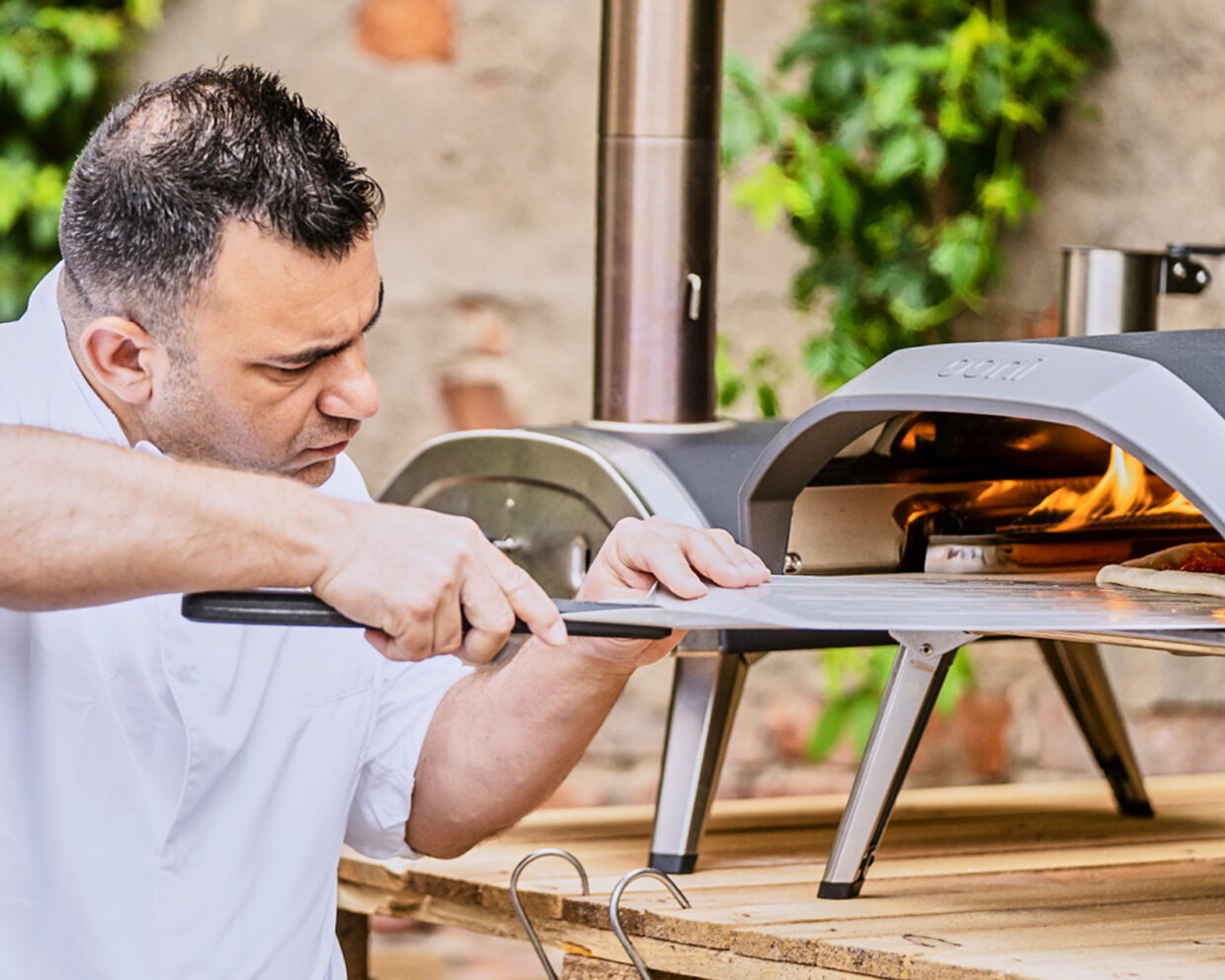
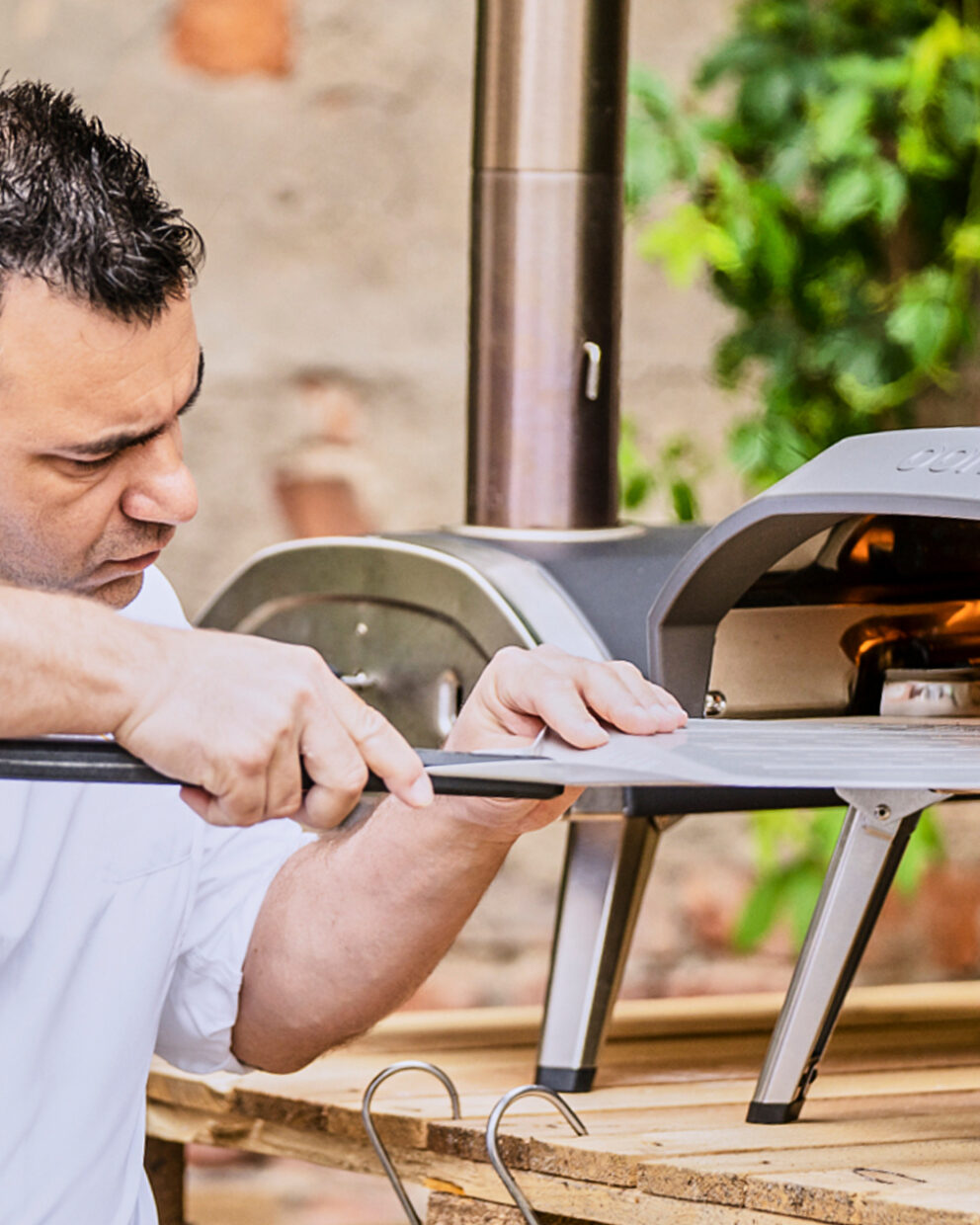
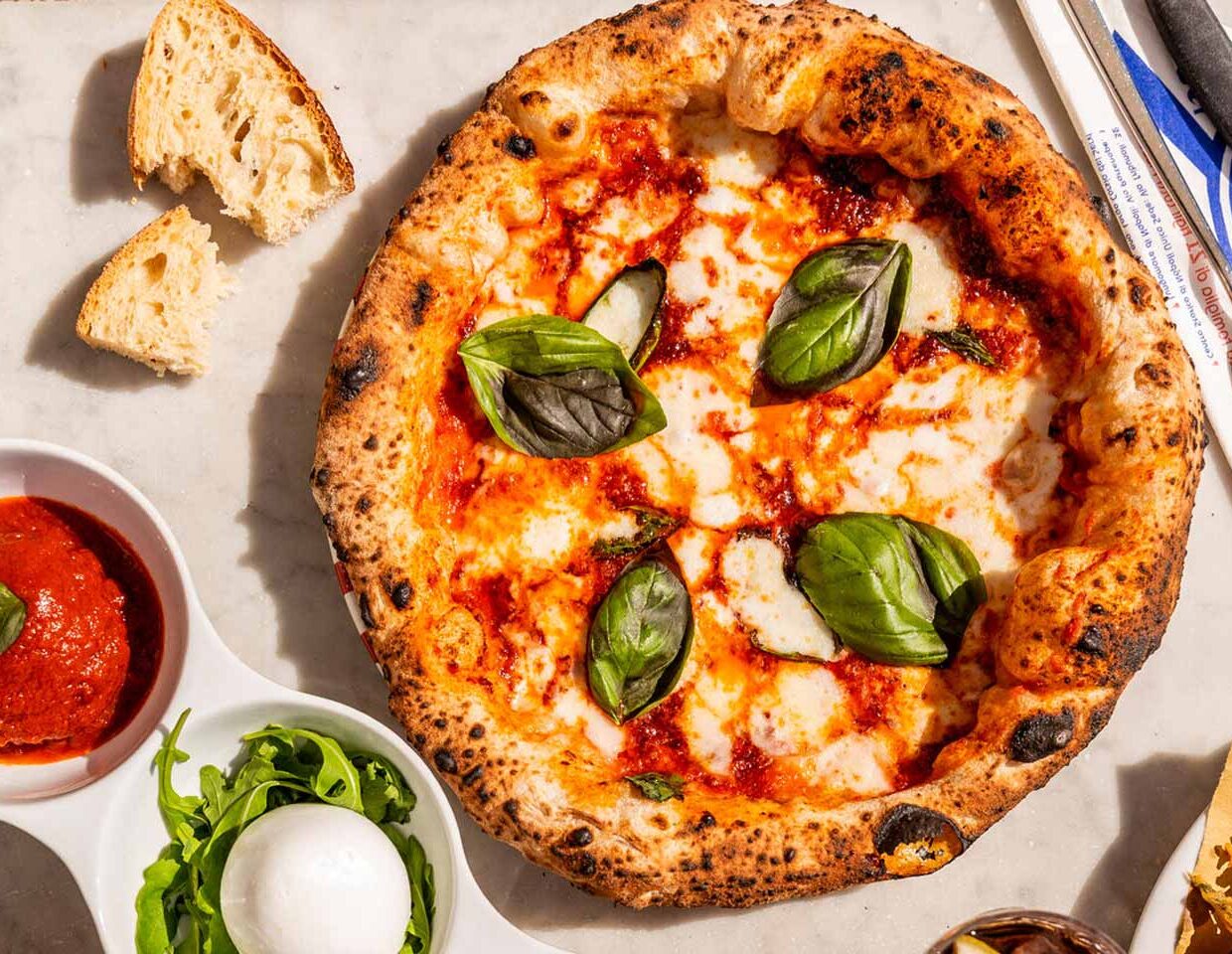

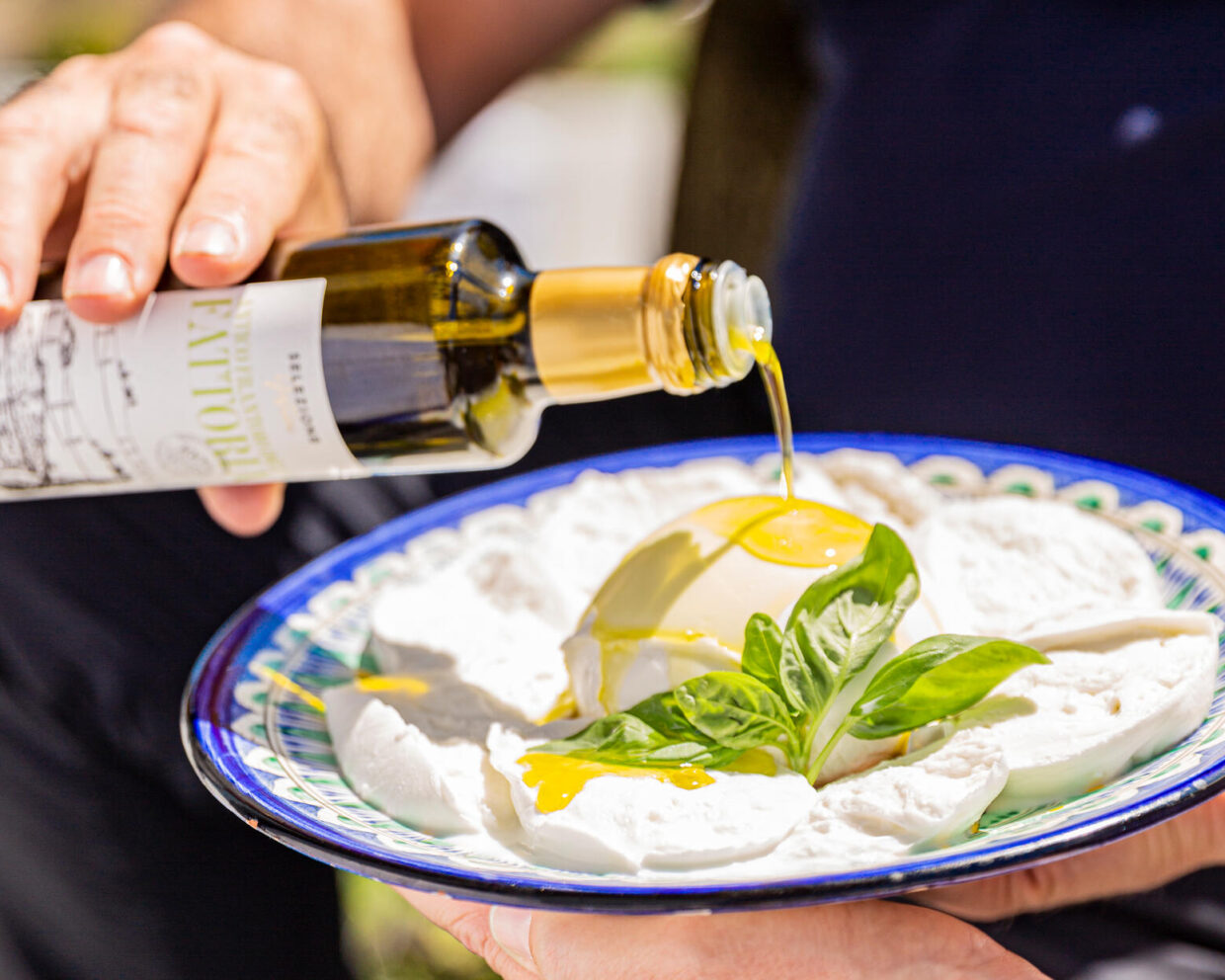
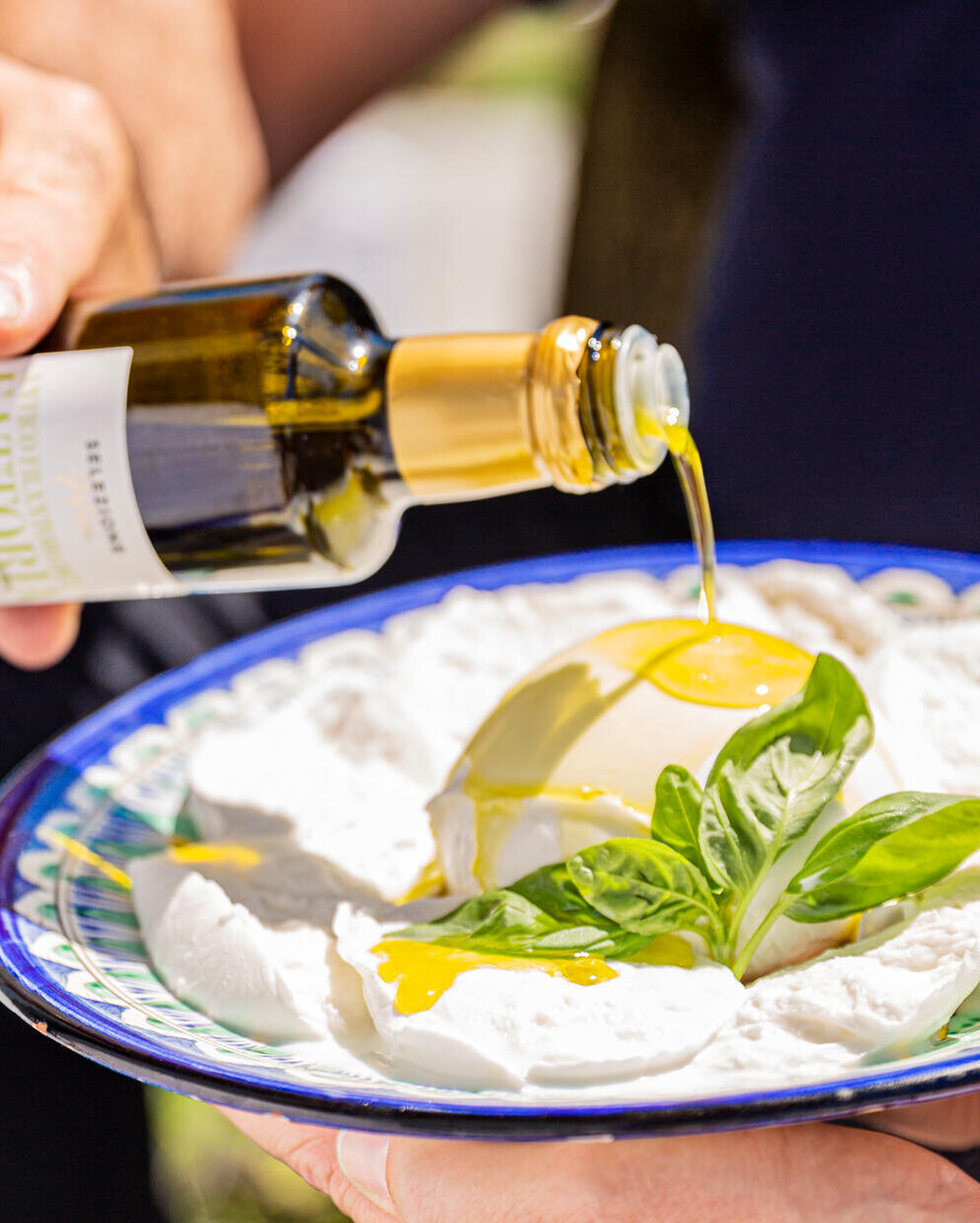
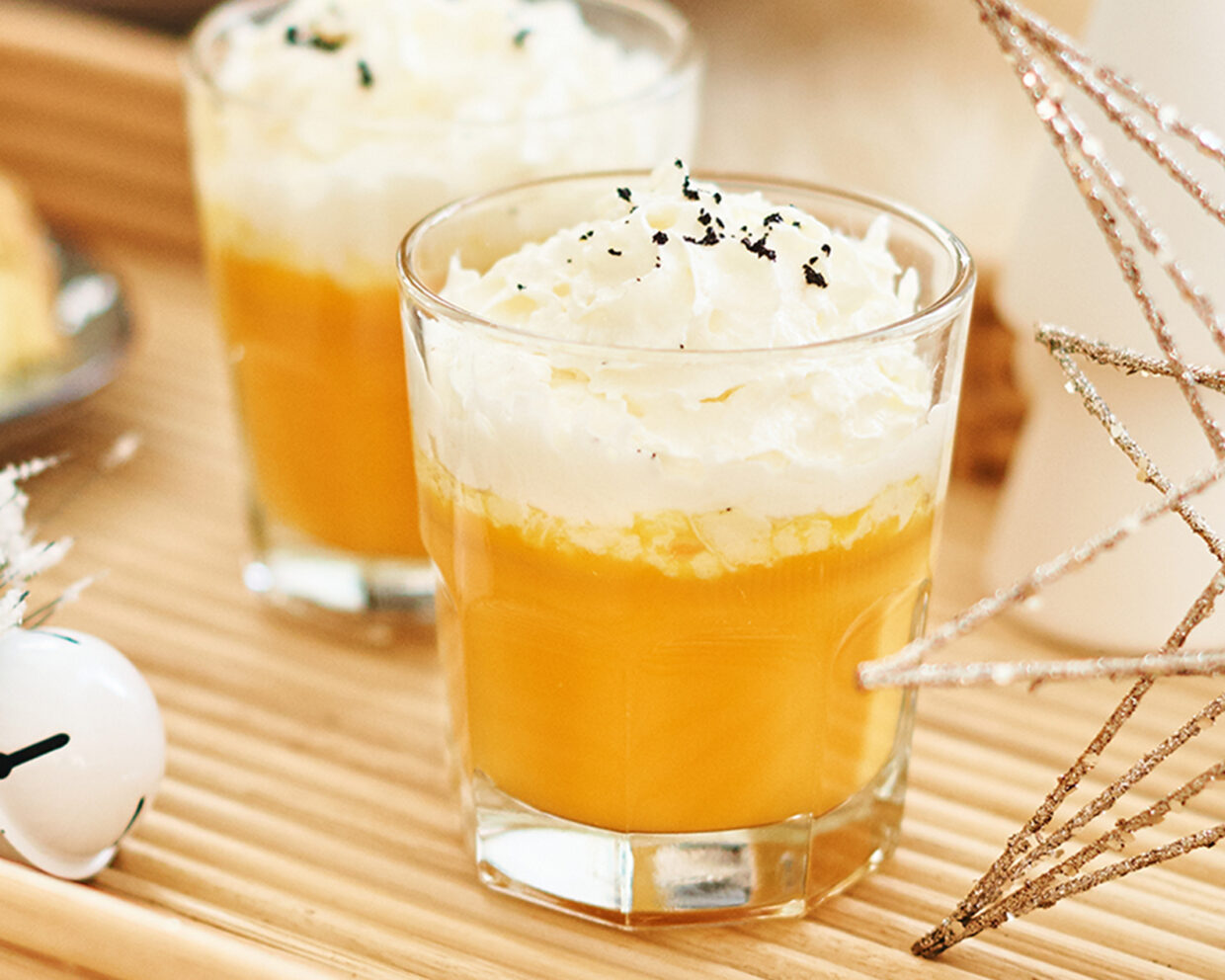
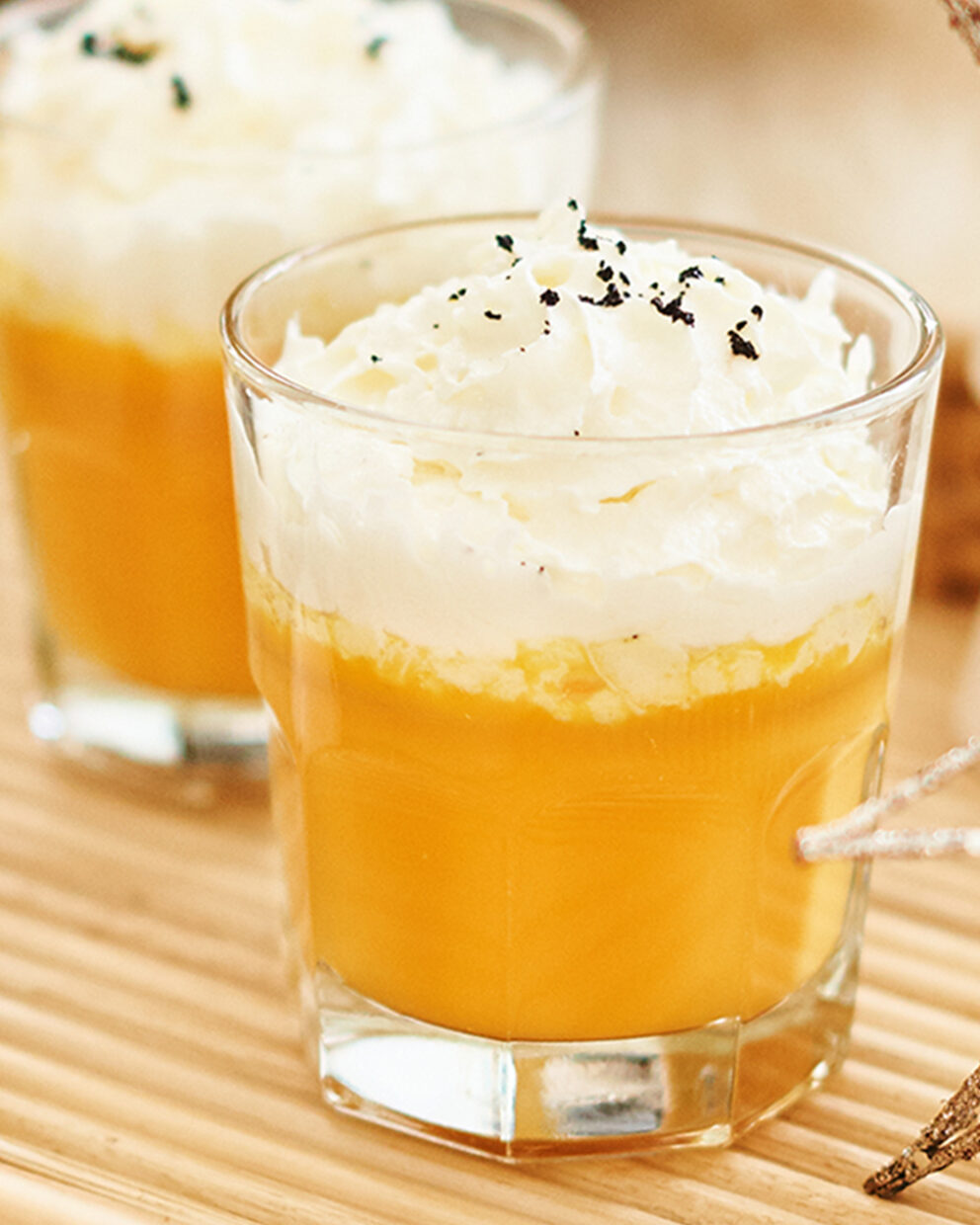
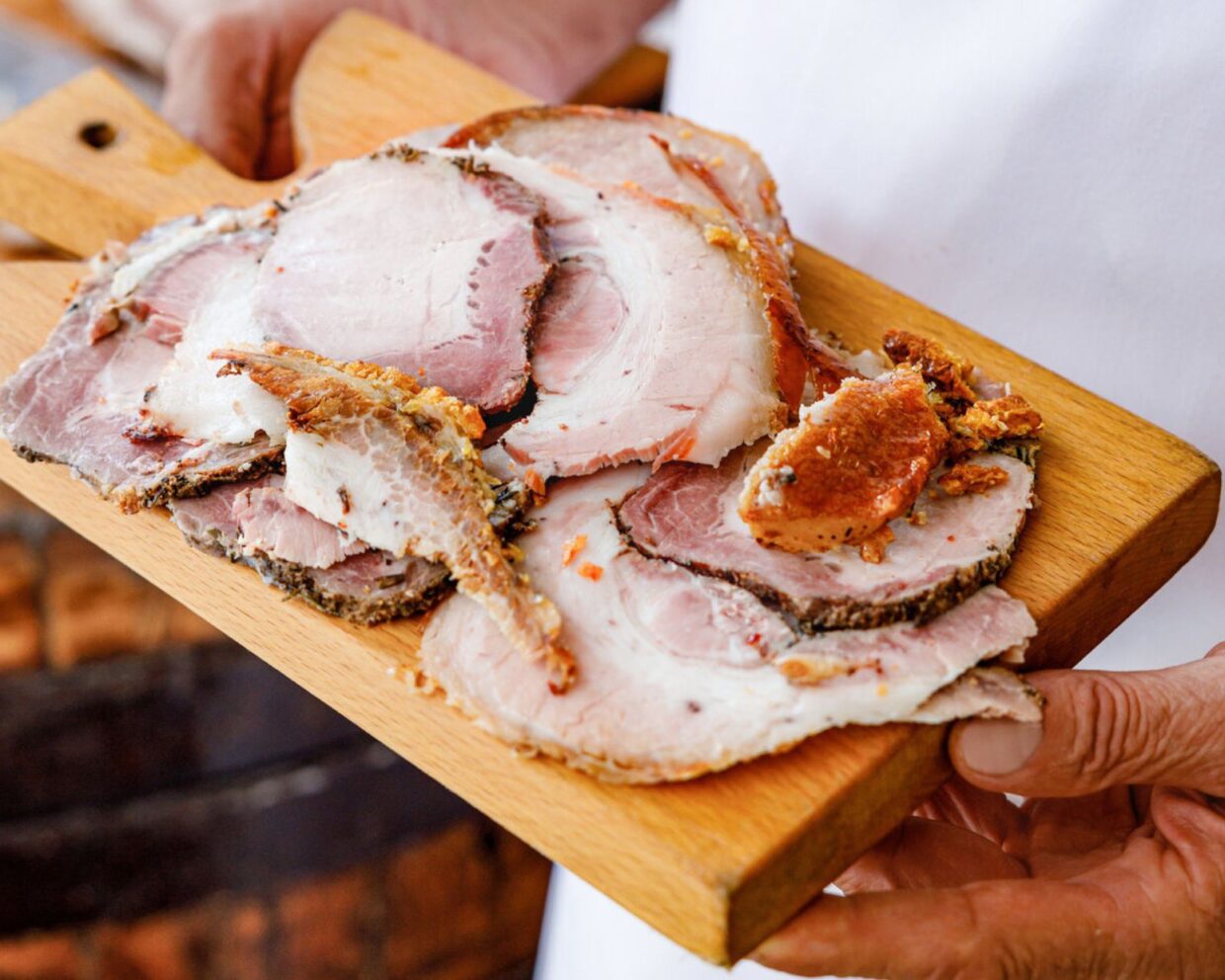
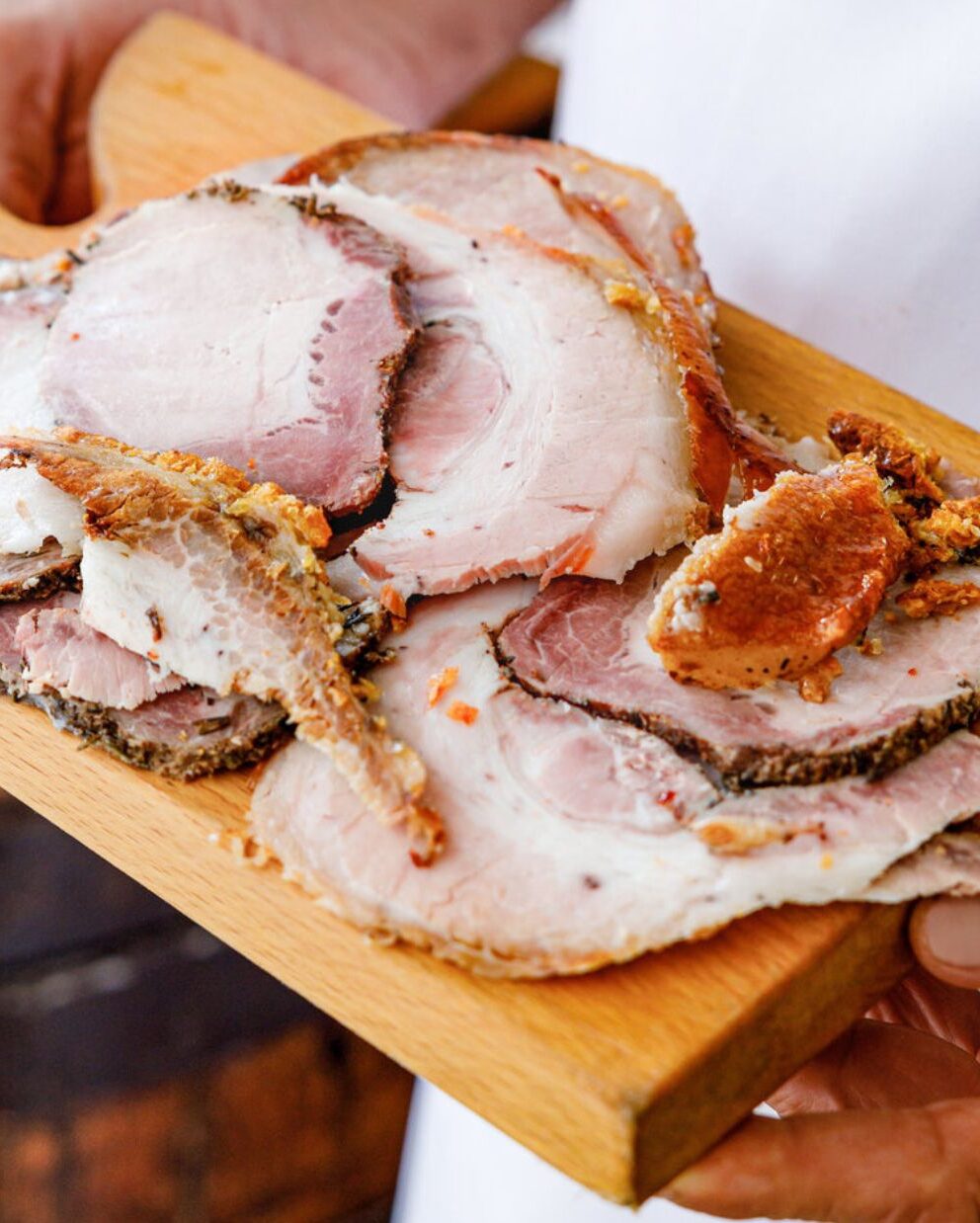
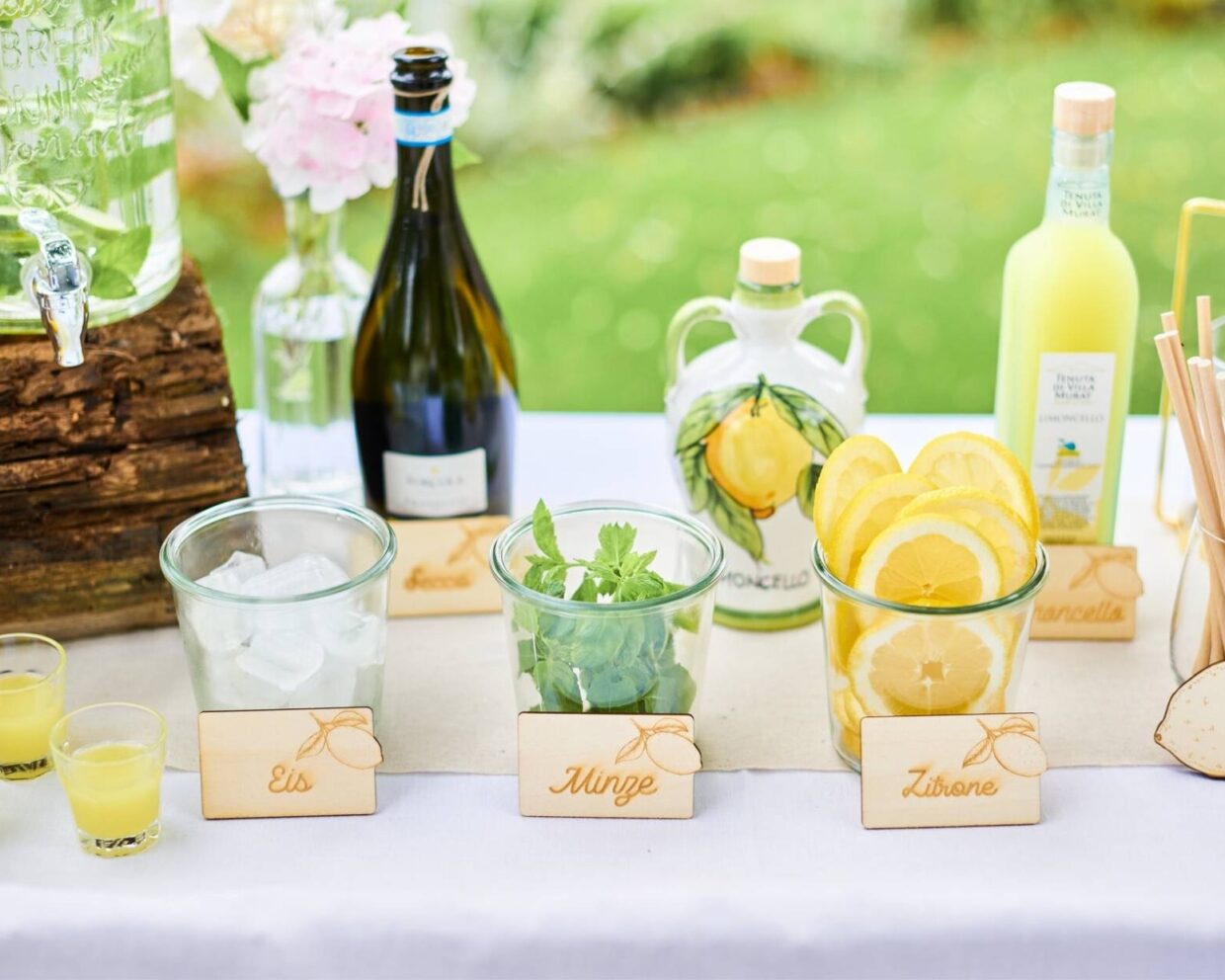
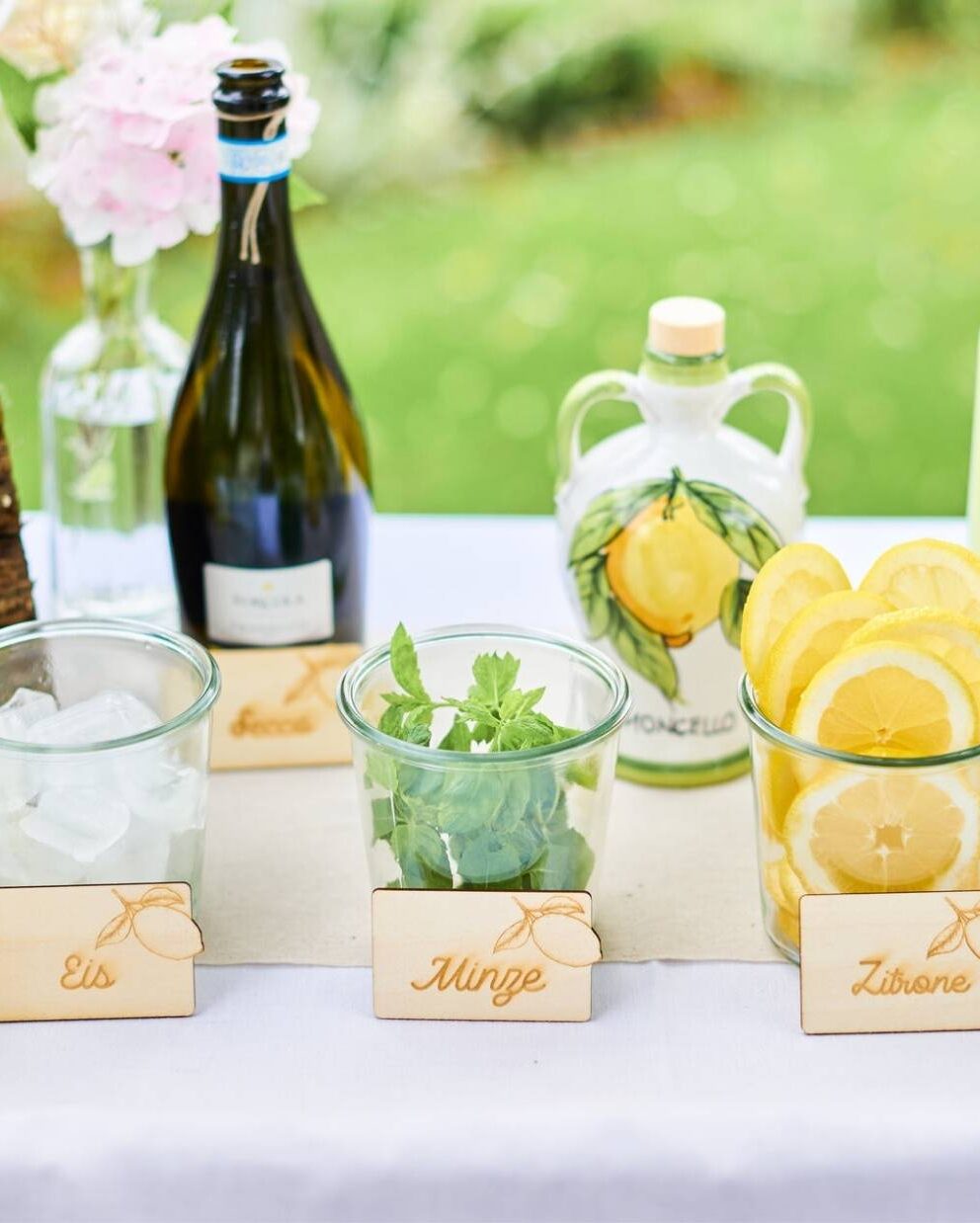
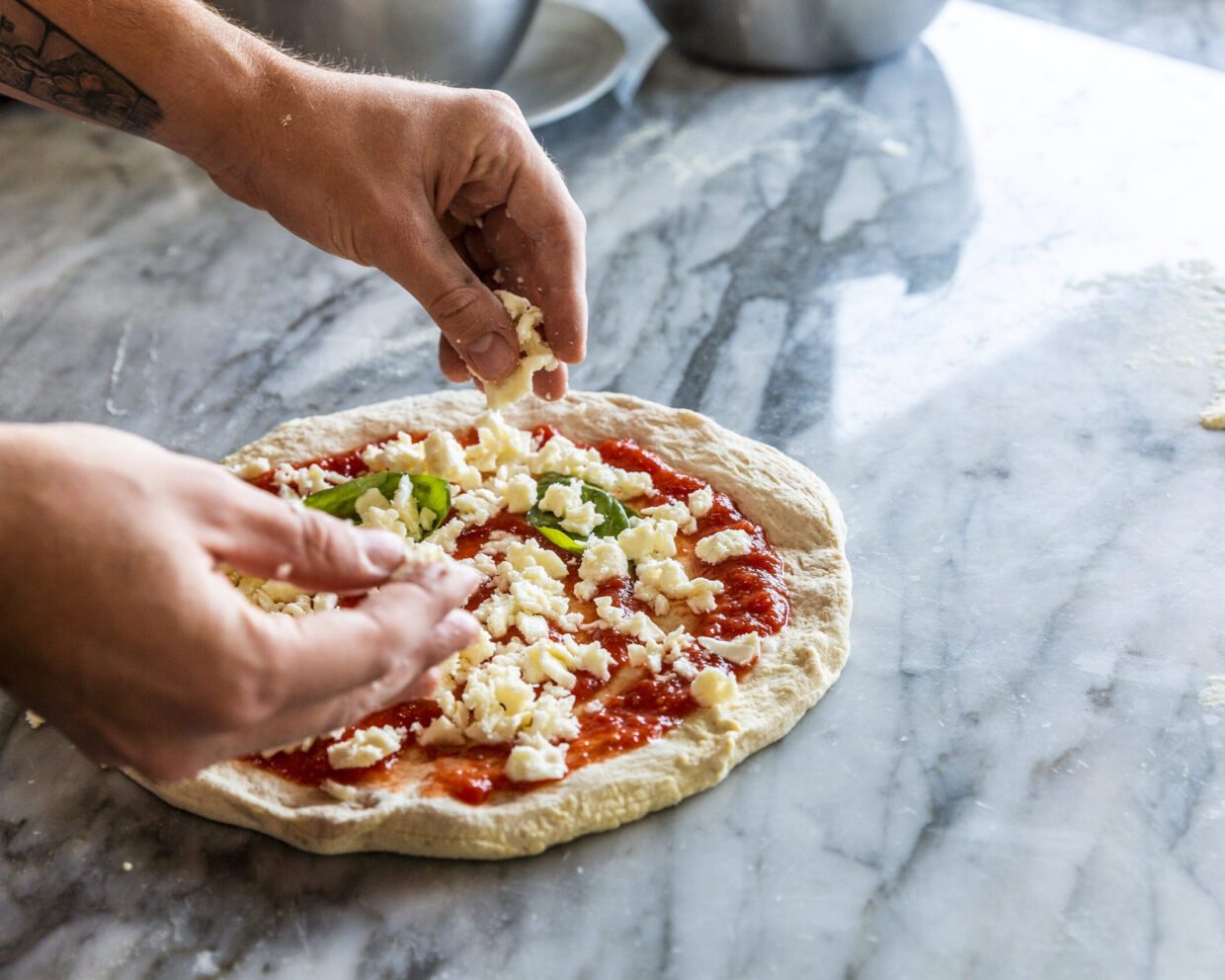
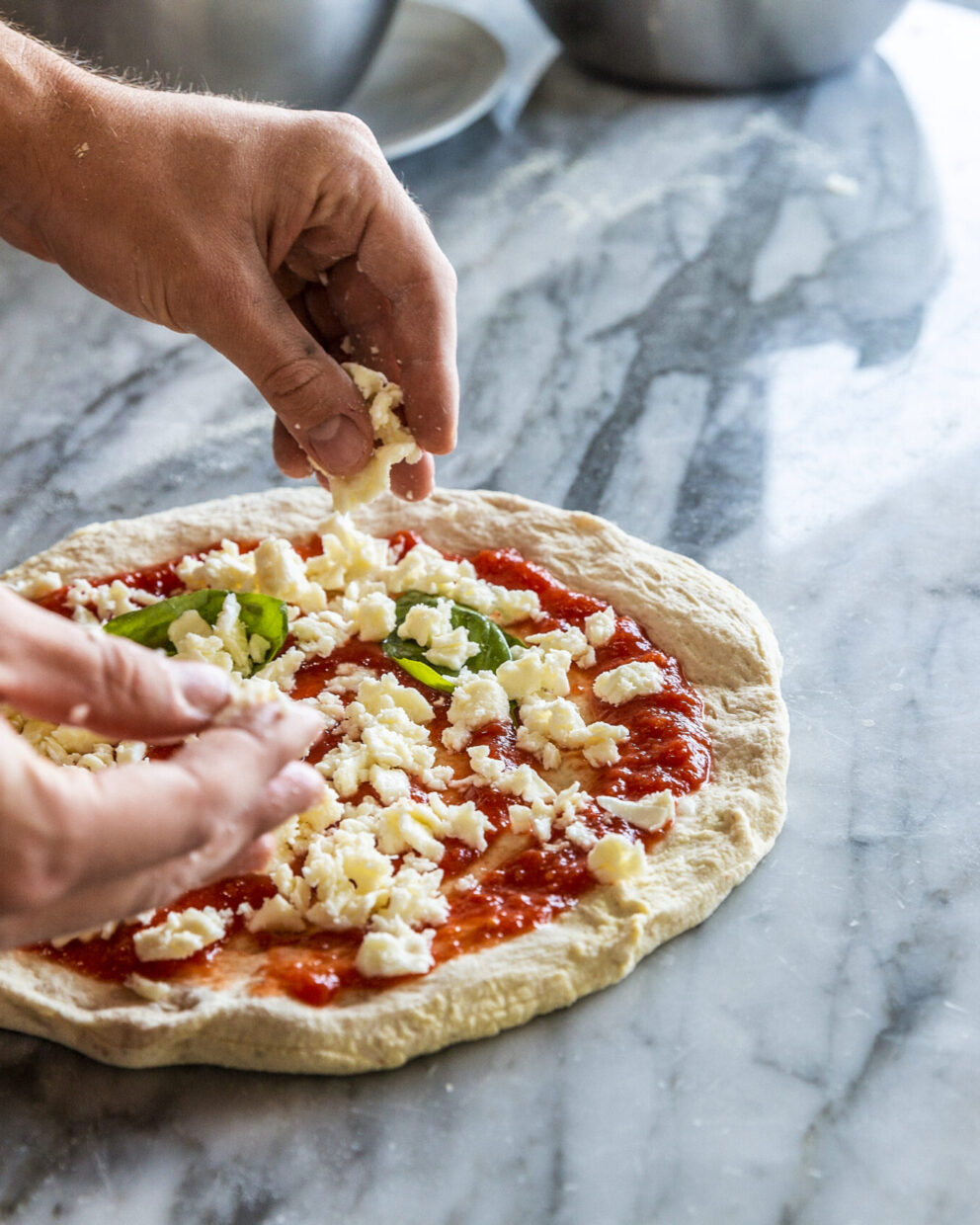
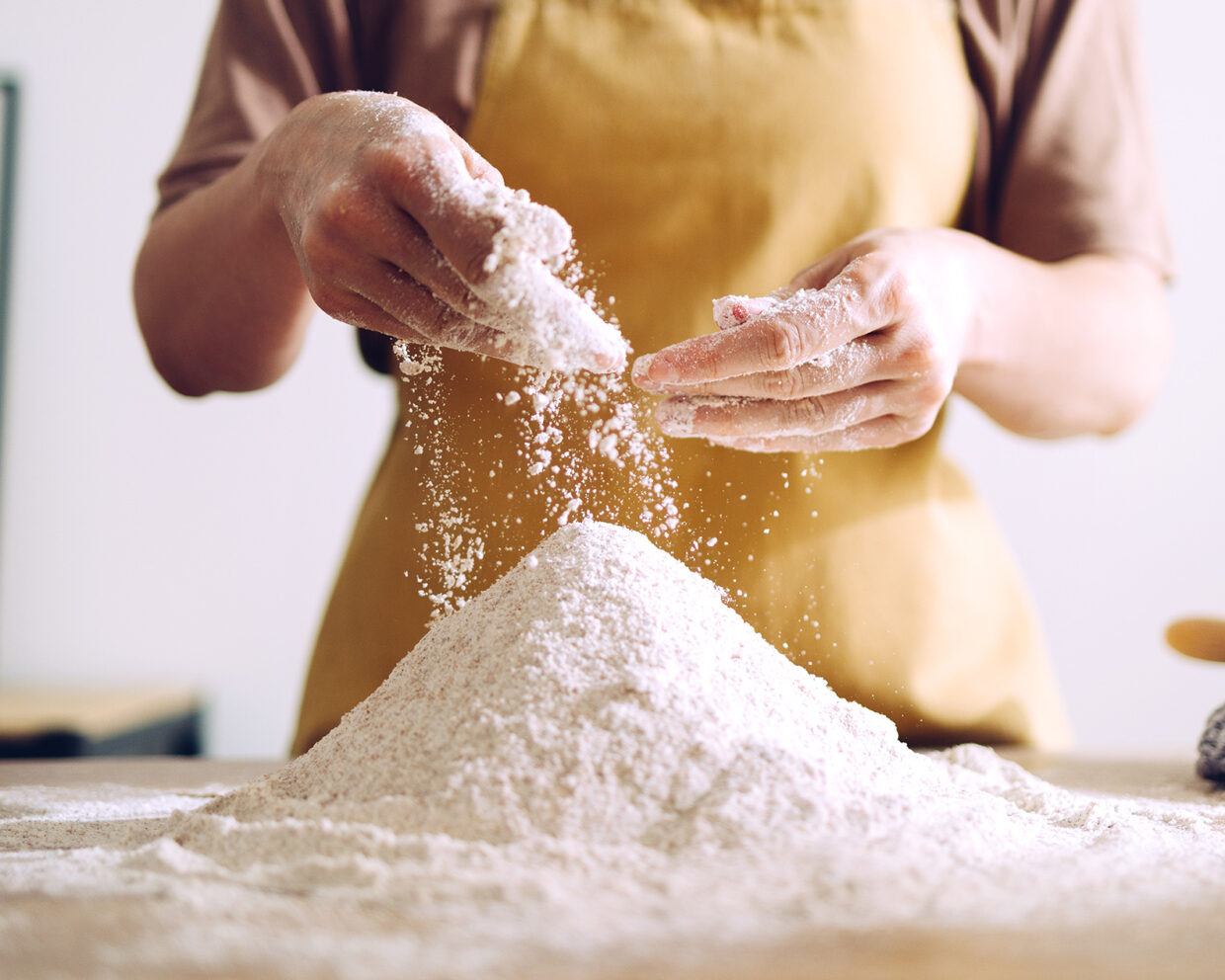
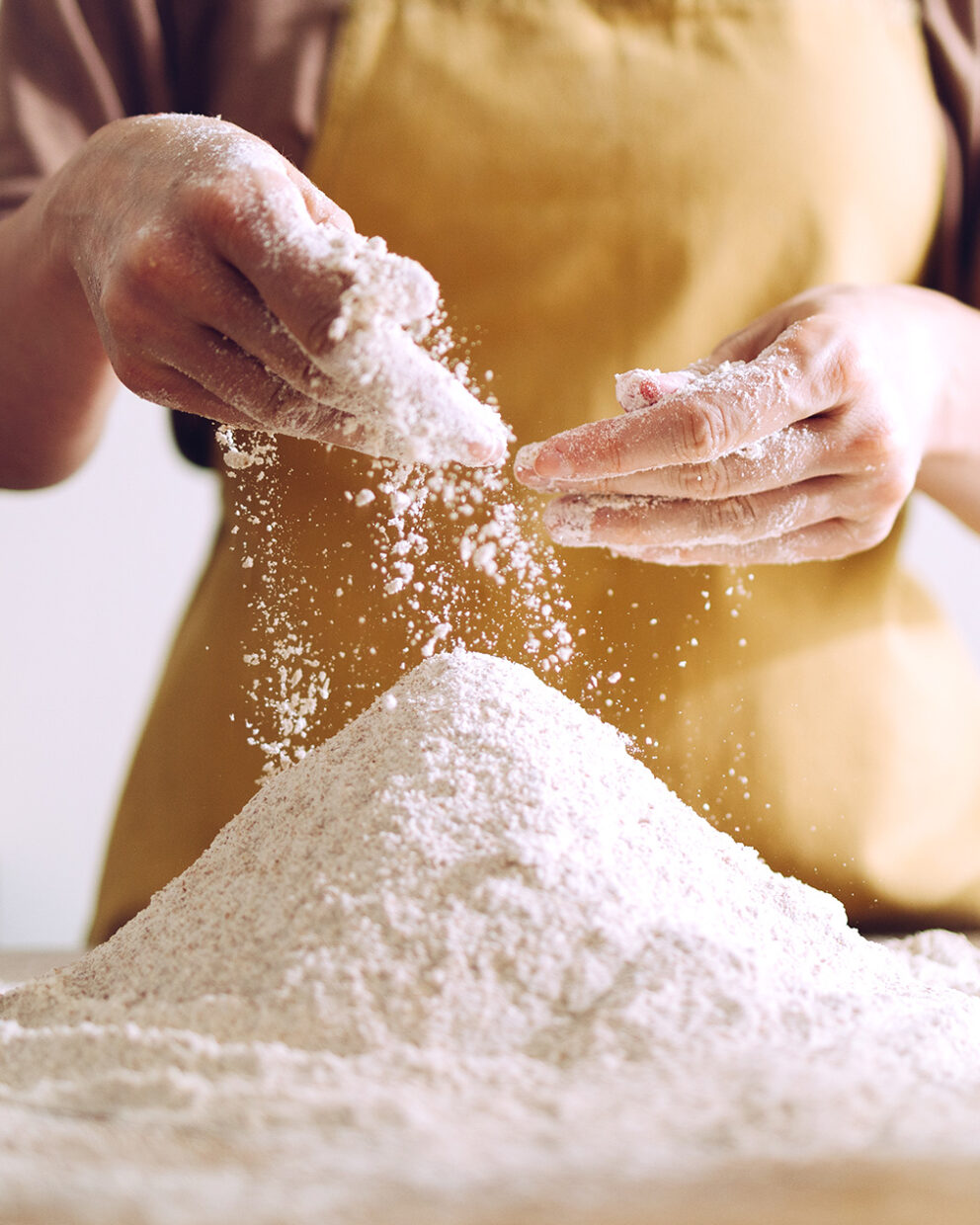
Want to share your thoughts? We're excited to hear what you think of the article. Tell us about your ideas, tips or questions! Leave a comment and share your knowledge with the community. Your opinion counts.
Write a comment